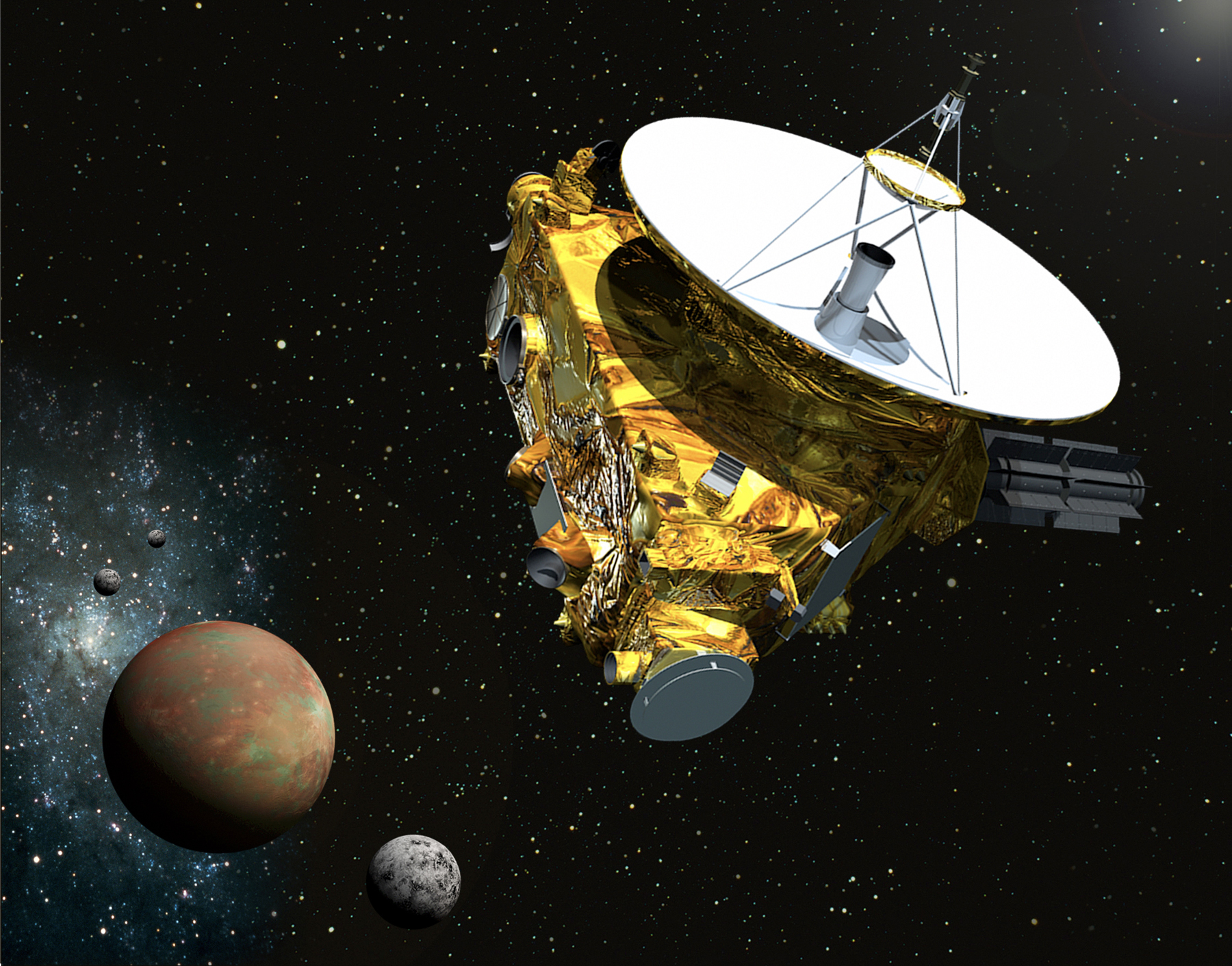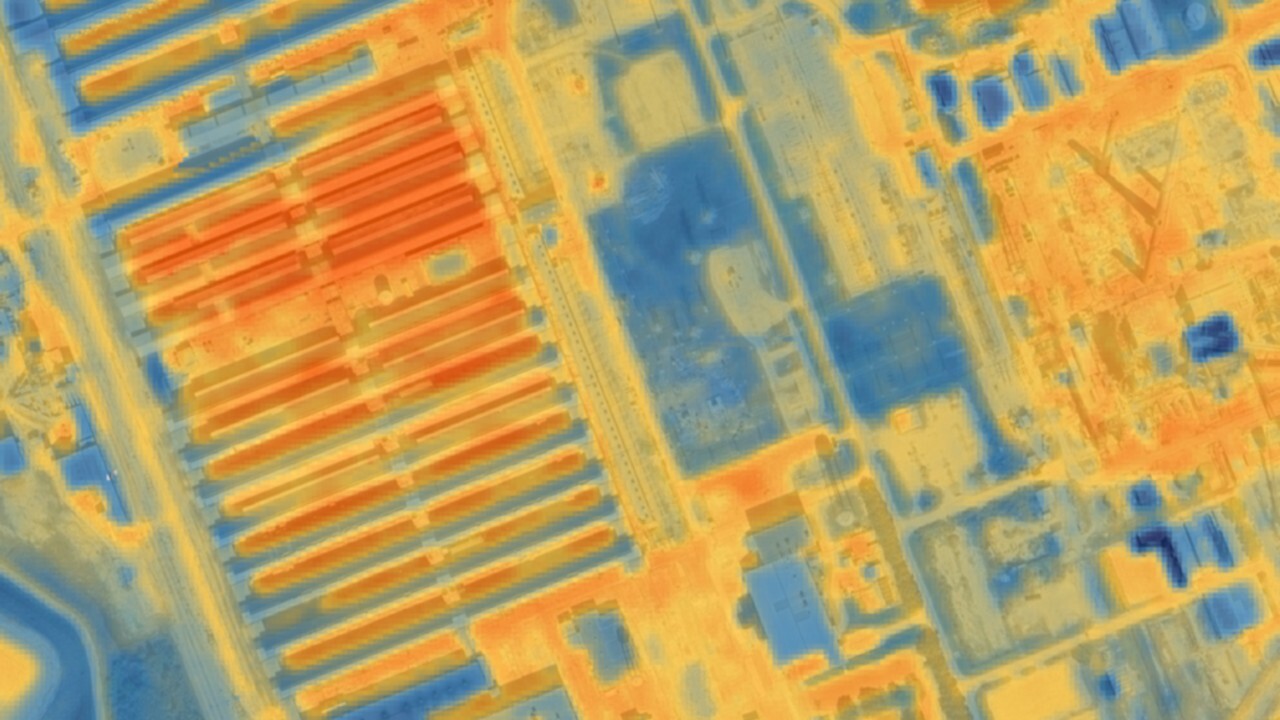NASA Probe Makes Record-Setting Engine Burn on Path to Pluto

NASA's New Horizons spacecraft has performed a record-setting maneuver to adjust its approach to Pluto ahead of its historic flyby this summer.
The New Horizons probe, which will zoom through the Pluto system on July 14, fired its engines for 93 seconds on Tuesday (March 10), when it was about 3 billion miles (4.83 billion kilometers) from Earth. No spacecraft had ever conducted an engine burn at so great a distance from its handlers, New Horizons principal investigator Alan Stern said.
"Today's engine burn by New Horizons set an ALL TIME record for the most distant by ANY spacecraft in history!" Stern, who's based at the Southwest Research Institute in Boulder, Colorado, tweeted Tuesday via the account @NewHorizons2015. [Photos of Pluto and Its Moons]
"We set another ALL TIME record today too — 1 AU to Pluto — closer now than the sun is to Earth!" Stern added in another tweet. (One AU, or astronomical unit, is the average distance from Earth to the sun — about 93 million miles, or 150 million km.)
Tuesday's engine burn was designed to slow New Horizons down by about 2.55 mph (4.1 km/h). The probe is currently traveling about 32,400 mph (52,140 km/h), mission officials said.
The burn was the first maneuver of New Horizons' Pluto approach phase, which began in January. The trajectory correction should delay the spacecraft's arrival in the Pluto system by 14 minutes and 30 seconds.
"It will also shift the course 'sideways' (if looking from Earth) by 3,442 kilometers (2,139 miles) by July 14, sending the spacecraft toward a desired flyby close-approach target point," mission officials wrote in an update. "The shift was based on the latest orbit predictions of Pluto and its largest moon Charon, estimated from various sources, including optical-navigation images of the Pluto system taken by New Horizons in January and February."
Breaking space news, the latest updates on rocket launches, skywatching events and more!
The $700 million New Horizons mission launched in January 2006, tasked with returning the first-ever good look at Pluto and its five known moons. The dwarf planet has remained largely mysterious since its 1930 discovery, because it is relatively small and lies so far from the sun.
New Horizons will use seven different science instruments to map Pluto and Charon, study the geology of the two objects, characterize Pluto's atmosphere, hunt for additional satellites in the system and address a number of other questions.
The spacecraft will come within about 8,500 miles (13,600 km) of Pluto's surface at its closest approach on July 14. But New Horizons won't linger; it will zoom right past Pluto, speeding out farther into the Kuiper Belt, the ring of icy bodies beyond Neptune's orbit.
New Horizons team members want to study another Kuiper Belt object after the Pluto flyby, and they've already spotted two candidates that the probe could reach in 2019 — if NASA approves and funds an extended mission.
Follow Mike Wall on Twitter @michaeldwall and Google+. Follow us @Spacedotcom, Facebook or Google+. Originally published on Space.com.

Michael Wall is a Senior Space Writer with Space.com and joined the team in 2010. He primarily covers exoplanets, spaceflight and military space, but has been known to dabble in the space art beat. His book about the search for alien life, "Out There," was published on Nov. 13, 2018. Before becoming a science writer, Michael worked as a herpetologist and wildlife biologist. He has a Ph.D. in evolutionary biology from the University of Sydney, Australia, a bachelor's degree from the University of Arizona, and a graduate certificate in science writing from the University of California, Santa Cruz. To find out what his latest project is, you can follow Michael on Twitter.

